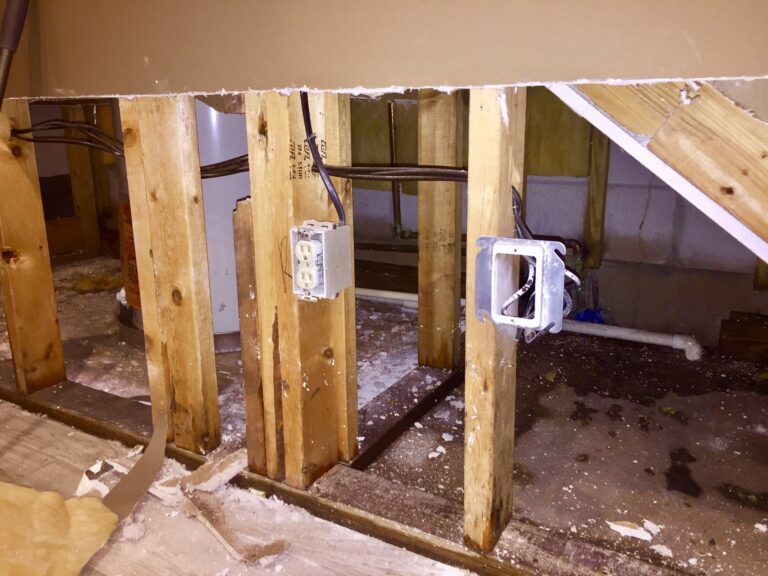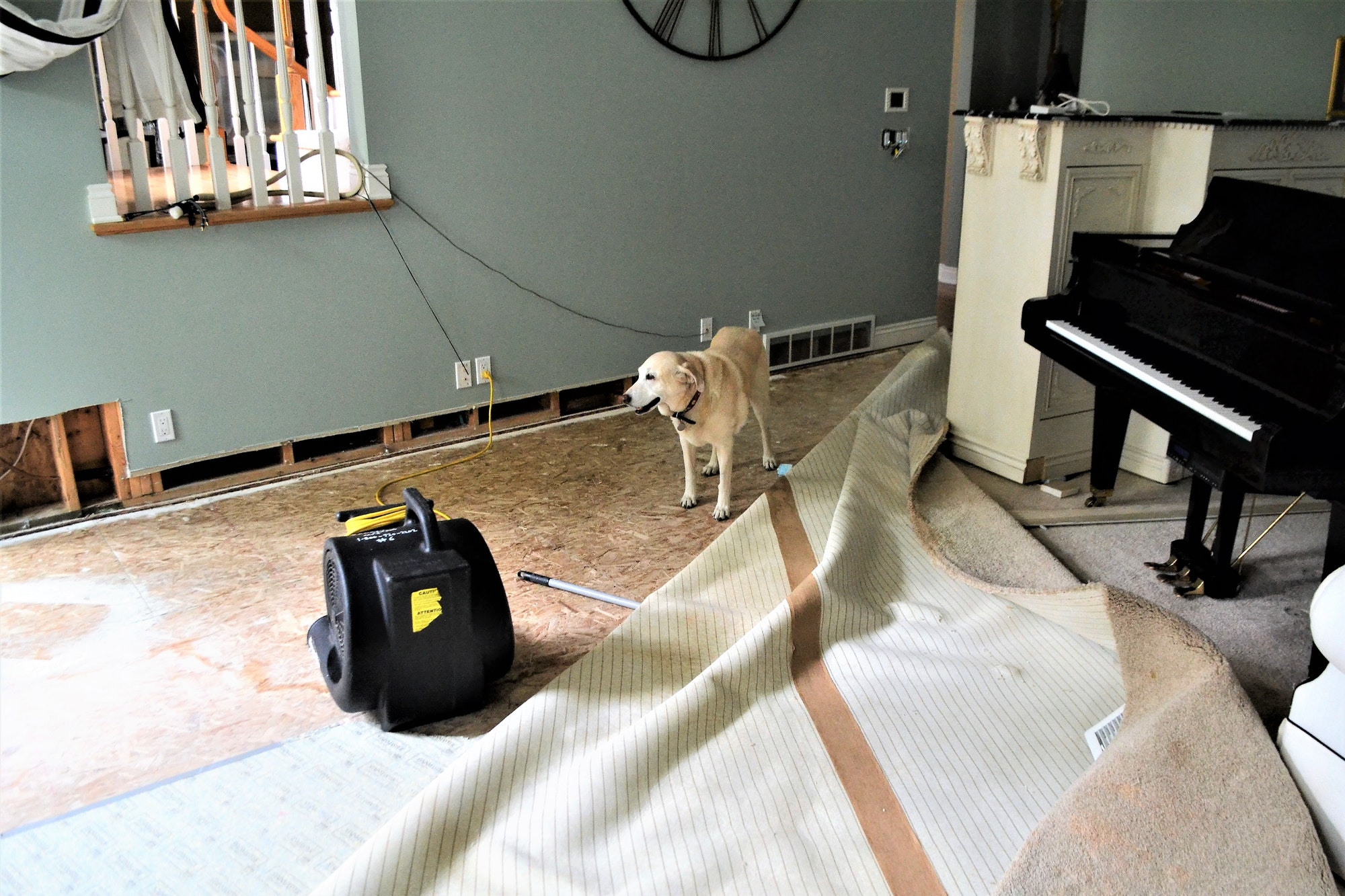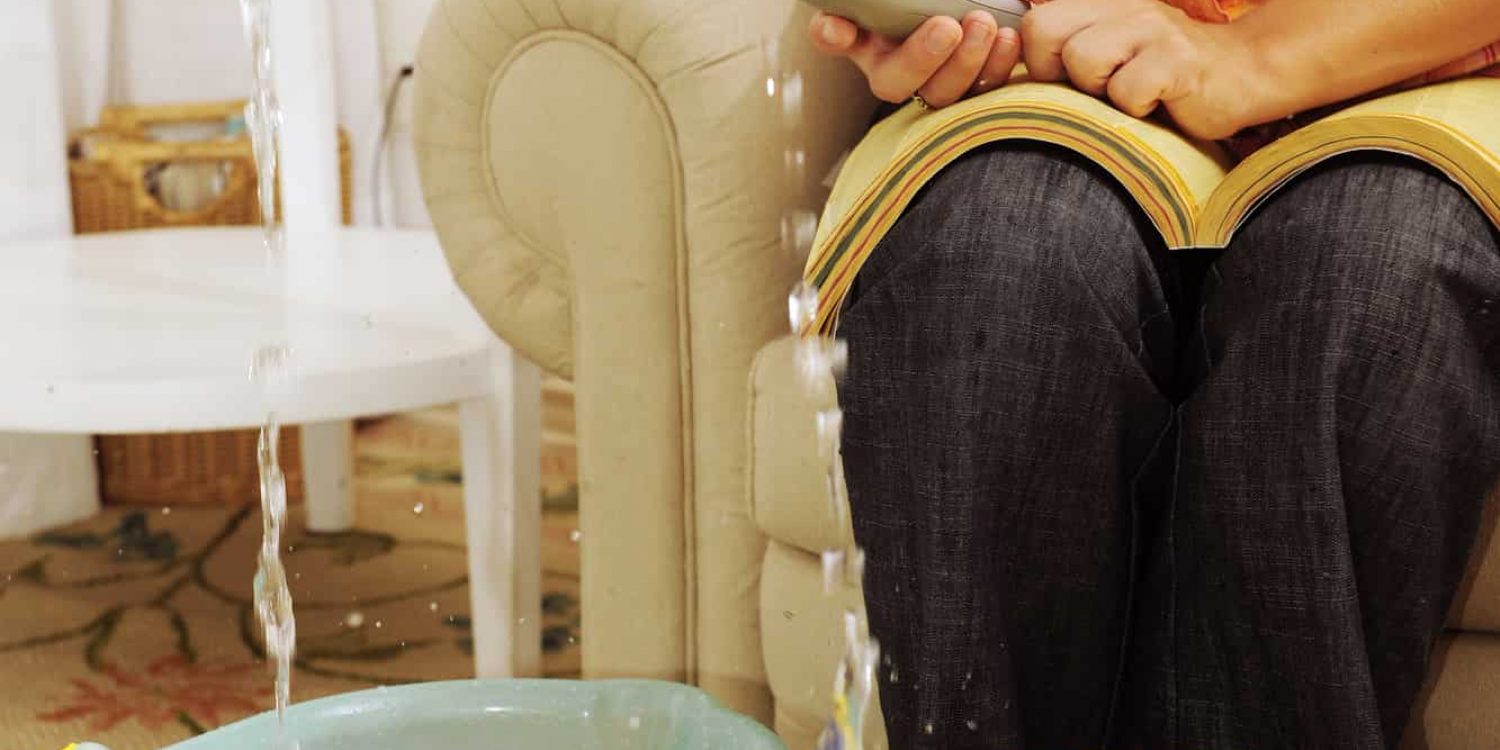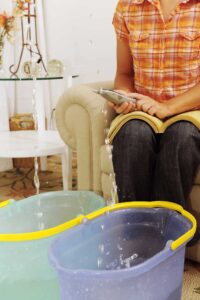In Restoration Pros, we understand well the difference between water damage and small water stains in your building and property. However, we encourage our customers to call us on any suspected water damage problems so that we can offer solutions before the issue at hand escalated to more serious problems. Water damage is a tricky business so don’t take a chance with amateurs. Do not rely on the opinion of amateurs and make sure to call Restoration Pros who are capable of providing you with professional and reliable advice. We work hard to provide the best service to our customers and we can guarantee that your property will be good as new once we are done.
1. Investigate water volume
After we arrive at the scene the first thing, we do is an analyzation of the volume of water in the damaged areas. Through the use of our equipment, we do an extensive analysis to find the level of water in the structure. The levels of water and moisture in buildings depend on the main cause of water damage. Once we have assessed the water volume in the affected areas, we start investigating the main source of the water.
2. Investigate the main source of water
The next step Restoration Pros USA takes is investigating the main source of the water. Discovering where the water is coming from is an important step before starting the water damage restoration process.
Restoration Pros USA considers three types of water that could have infiltrated your property. The first is clean water from leaking pipes or rain which does not have any chemicals and can be handled without evacuating the building. The second is gray water which typically leaks from toilets, dishwasher, washing machine, and other appliances and contains some contaminants. In the event that gray water is detected our professionals will make decisions on how to handle the situation based on the severity of your particular situation but some level of precautions will be taken.
The other, and most dangerous, form of water is blackwater which comes from flooding rivers or sewer lines. This type of water contains massive amounts of contaminants and requires maximum care. It is crucial to take many precautions when handling blackwater to prevent the spread of health hazards. After analysis of these issues, Restoration Pros USA engages in the application of the following tips for damaged areas.
*An important thing to remember is that with excessive moisture and water on items, mold starts developing within 24 hours and we urge our customers to call us as soon as they notice any water emergencies and leaks.
3. Disconnect outlets
If you notice any possibilities of water leakage in your building, the first thing you should do is disconnect all the electronic outlets. Although it might seem that the water is not impacting any electrical outlets/cables we advise our customers to practice safety and prevent the possibility of electrical shock and other electronic issues. Water damage can cause severe damage like explosions and you need to switch off the electric equipment even before calling the water restoration company.
4. Inspect mold
Another important tip in the cleaning and water damage restoration is to search for any mold development in the water damaged locations and in the areas surrounding the water damaged location. Mold is associated with many health issues and a thorough inspection is vital. We will perform our own inspection upon arrival at the scene but preforming your own inspection can help us come more prepared. For cases of small mold problems, you can cut off the affected area, bag it, and then dispose of it appropriately. When there is a large area affected by mold, a more serious procedure is needed. You must remember that no matter the size mold is extremely dangerous and you must call a professional to handle the situation.
Archive



5. Dry out water
Drying out water to remove moisture from affected areas is another important step in the restoration and water damage cleanup process. Eliminating moisture in affected areas will prevent the development of mold or any damage to items. The use of fans and dehumidifiers will be used to remove moisture from impacted areas.
6. Remove damaged material
Items that have been soaked with water such as carpets need to be removed in the cleanup process. Focusing on ceilings and floor damage is important too during this part of the cleanup process.
7. Disinfect all the areas of the building
To remove bacteria and any other potential health hazards, the cleanup process involves disinfecting the area. After the removal of soaked materials and the drying of the area have taken place we will move onto disinfecting. Disinfecting is essential to removing dangerous bacteria and controlling its spread.



